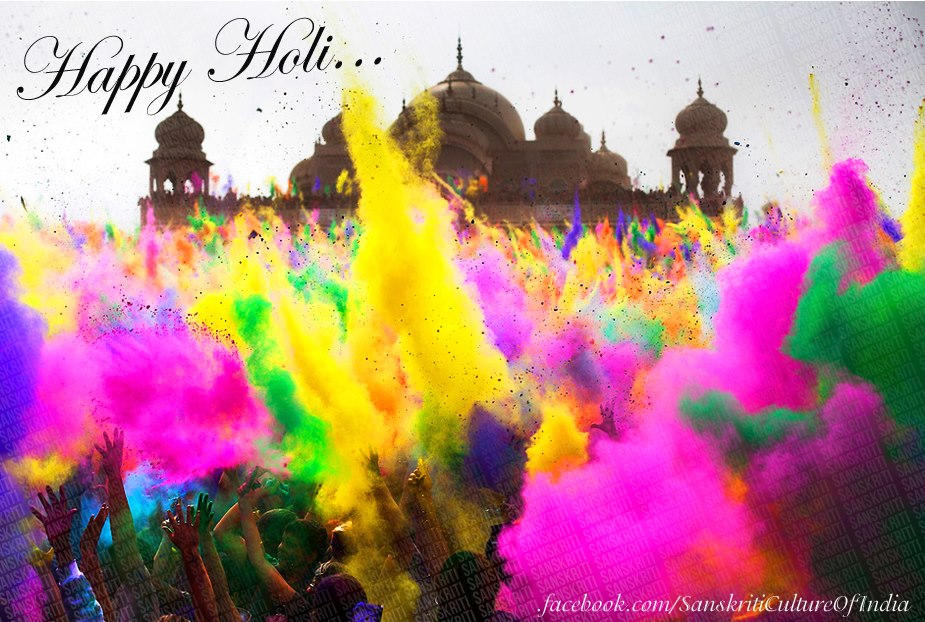The highlight of any festival is celebration, and in the case of Holi, the celebration includes rejoicing in the complete annihilation of the self-ego — even if only for a brief period. Hence, Holi is synonymous with fun, frolic and freedom as you are completely liberated from any kind of inhibition or notion that might prevent you from joyful participation. You are now identity-less. Any hierarchy, class or gender consciousness fly out of the window with the smearing of colours even obliterating the need to recognise another through face or costume, for instance.
Holi is fun-filled revelry of the highest order, which is why routinely, Krishna and the gopis are shown playing Holi with ecstasy, squirting colour on each other, playing hide-and-seek, even taking liberties in the confidence that nothing will be taken amiss. The common denominator is colour that erases all signs of division. There’s no pulling of rank and file, and hence this was one great chance for the privileged and the less privileged to truly come together on an occasion of pure rejoicement. And a chance for the lower self to merge with the higher Self, the Atman-Paramatman Milan, Holi Milan.
In the Indic era of kings, queens and kingdoms, Holi revelry was an intrinsic part of the raja-praja milan (King-citizens get-together). The royal family organised festivities where everyone could participate, sing songs, eat, drink and throw colours; even tease and crack jokes — whether or not under the influence of bhang (weed drink), the mild herbal intoxicant added to sweets and thirst quenchers, loosening you up.








